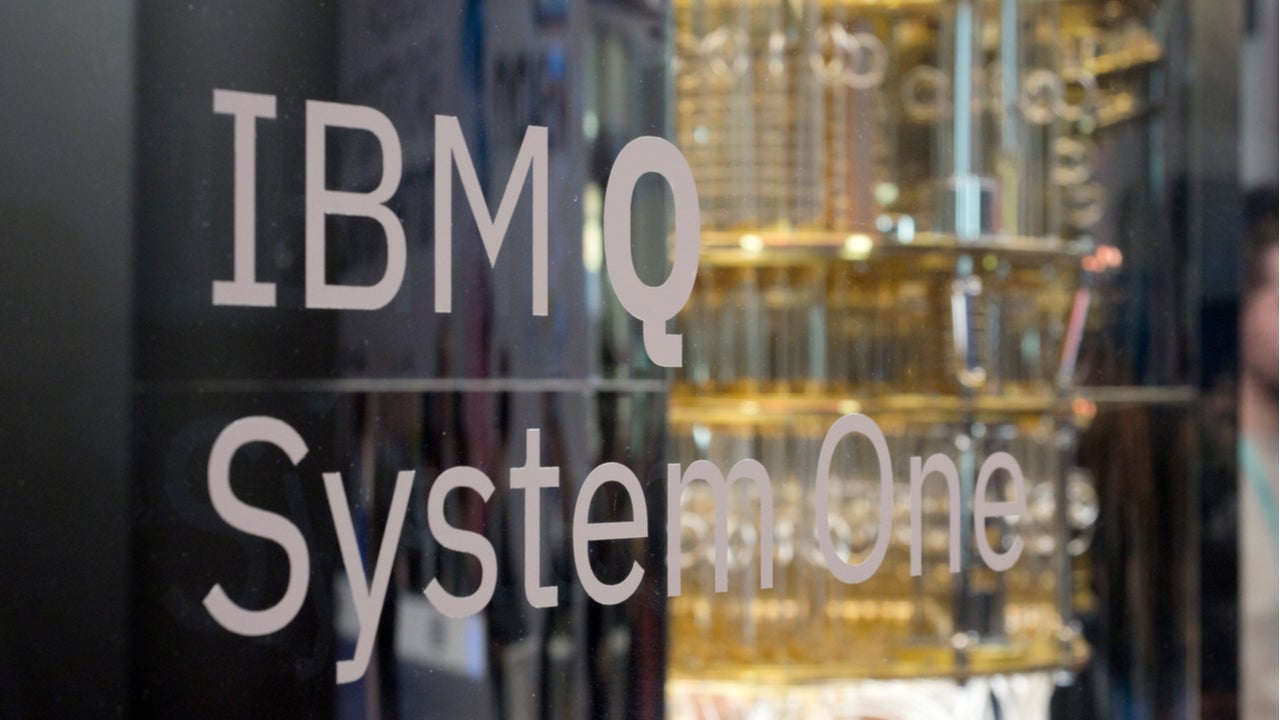“Nature isn’t classical, dammit, and if you want to make a simulation of nature, you’d better make it quantum mechanical” – Richard P. Feynman.
The road to net-zero carbon emissions by 2050 looks tough. Vast swathes of society, from transport to food production, need to undergo huge change for civilization to limit the rise in global temperatures to 1.5°C. Reducing industrial carbon emissions is a particularly stubborn challenge, but one field of study could hold the key to tackling it – quantum simulation.
The technology industry is awash with hype around quantum computing, and with good reason. In contrast to classical computers, which conduct calculations with binary digits (bits, the familiar ones, and zeroes), quantum computers use quantum bits (qubits, which can be considered to be one and zero at the same time). Due to, well, physics, this makes quantum computers especially well-suited to simulating molecules.
Quantum simulations can help reduce emissions in the industrial sector
Molecular simulations will prove vital in reducing the industrial sector’s CO2 emissions. According to the International Energy Agency (IEA), industrial CO2 emissions totalled 8.4 gigatons (Gt) in 2020, and this needs to drop to 0.7 Gt by 2050 in the net-zero pathway. The industrial sector will be the last to reduce its emissions significantly because the chemicals and processes used are too carbon-intensive to allow for considerable emission reduction within the next few years.
Take ammonia, for example, a common ingredient in fertilizer. The Haber-Bosch process, which converts nitrogen into ammonia, is very energy-intensive and uses between 3% and 5% of the world’s natural gas. Some microorganisms, meanwhile, are extremely efficient at converting nitrogen into ammonia. Simulating this natural process is currently too difficult for the world’s fastest supercomputers, so scientists aren’t sure how to replicate it. A quantum computer with upwards of a million qubits could simulate natural ammonia production within hours.
Large amounts of hydrogen are also used in ammonia production. GlobalData figures suggest that over 50% of hydrogen supply is used to create ammonia, with most of the hydrogen being produced in a process called reforming, which is heavily dependent on the use of natural gas.
How well do you really know your competitors?
Access the most comprehensive Company Profiles on the market, powered by GlobalData. Save hours of research. Gain competitive edge.

Thank you!
Your download email will arrive shortly
Not ready to buy yet? Download a free sample
We are confident about the unique quality of our Company Profiles. However, we want you to make the most beneficial decision for your business, so we offer a free sample that you can download by submitting the below form
By GlobalDataSo-called green hydrogen has a much lower carbon footprint but makes up only a fraction of hydrogen supply. It is generated by conducting electrolysis, which is when an electric current is passed through water to break up its molecules into hydrogen and oxygen. Current electrolysis processes are too energy-intensive for them to be deployed economically and at scale.
Quantum computers will help to simulate the electrolysis process. Indeed, in 2020 Shell worked with physicists from Leiden University to do exactly this, and IonQ successfully simulated a water molecule on one of its quantum devices in 2019.
Carbon capture: a catalyst for lower greenhouse gases?
Hydrogen and carbon capture, usage, and storage (CCUS) are two key technologies that need to develop rapidly in the net-zero pathway. The IEA estimates that hydrogen and CCUS technologies will make up 50% of heavy industry’s emissions reductions by 2050.
As for CCUS, no cheap and readily available catalysts for CO2 reduction exist, as most techniques involve precious metals or expensive processes. PsiQuantum’s Jeremy O’Brien believes that quantum computers could pave the way to discovering a new catalyst for carbon capture, heralding a new era of scrubbing carbon directly out of the air, and into products like metals, plastics, and concrete.
All of this sounds great – but when could such ground be broken? IBM and Google, two quantum frontrunners, are confident that 1 million qubit computers will be available before 2030. With industrial carbon emissions needing to reduce by 20% by then, this should be just in time.







Related Company Profiles
Google LLC